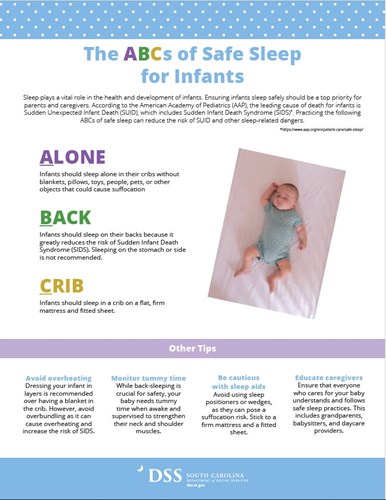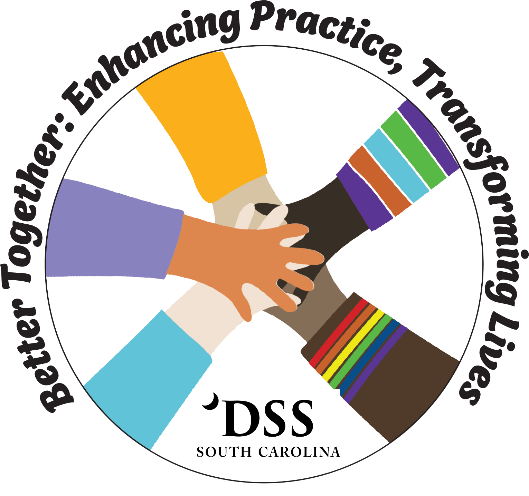The ABCs of Safe Sleep
Sleep plays a vital role in the health and development of infants. Ensuring infants sleep safely should be a top priority for parents and caregivers.
According to the American Academy of Pediatrics (AAP), the leading cause of death for infants is Sudden Unexpected Infant Death (SUID), which includes Sudden Infant Death Syndrome (SIDS). Practicing the following ABCs of safe sleep can reduce the risk of SUID and other sleep-related dangers.
A: Alone in Crib
Infants should always sleep alone in their cribs. The crib should be free from all objects, including toys, stuffed animals, pillows, blankets, and bumper pads. These items can obstruct breathing or cause overheating. Having a pet in the crib can also be dangerous.
Co-sleeping, or sharing a bed with your infant, significantly increases the risk of suffocation, strangulation, and SIDS. While room-sharing is encouraged for at least the first six months, infants should have their own separate sleep space.
B: Back
Always place your infant on their back to sleep at night and during nap. This position is the safest and reduces the risk of SIDS.
Make back-sleeping a part of your baby’s regular sleep routine. Consistency helps your baby adapt and understand that it’s time to sleep while reinforcing this safe practice.
C: Crib
Infants should sleep in a crib on a flat, firm mattress and fitted sheet. Ensure that the crib meets the safety standards of the Consumer Product Safety Commission (CPSC).
Soft mattresses, couches, armchairs, and sitting devices are unsafe sleep surfaces for infants.
Additional Tips for Safe Sleep
Avoid overheating
Dressing your infant in layers is recommended over having a blanket in the crib. However, avoid overbundling as it can cause overheating and increase the risk of SIDS. Adjust the thermostat if needed.
Monitor tummy time
While back-sleeping is crucial for safety, your baby needs tummy time when awake and supervised to strengthen their neck and shoulder muscles. This helps prevent flat spots on their head and promotes motor development.
Breastfeed, if possible
Breastfeeding is encouraged for at least the first six months, as it reduces the risk of SIDS. If breastfeeding is not an option, continue following the other safe sleep practices.
Be cautious with sleep aids
Avoid using sleep positioners or wedges, as they can pose a suffocation risk. Stick to a firm mattress and a fitted sheet.
Educate caregivers
Ensure everyone who cares for your infant understands and follows safe sleep practices, including grandparents, babysitters, and child care providers.
More Information About Safe Sleep
American Academy of Pediatrics
National Institutes of Health (NIH)
Helping Babies Sleep Safely | Reproductive Health | CDC


